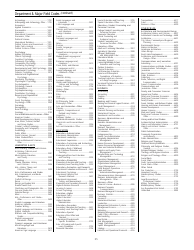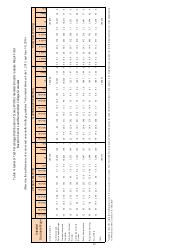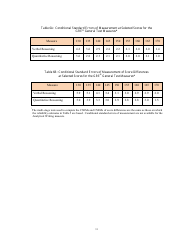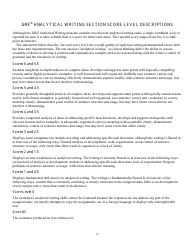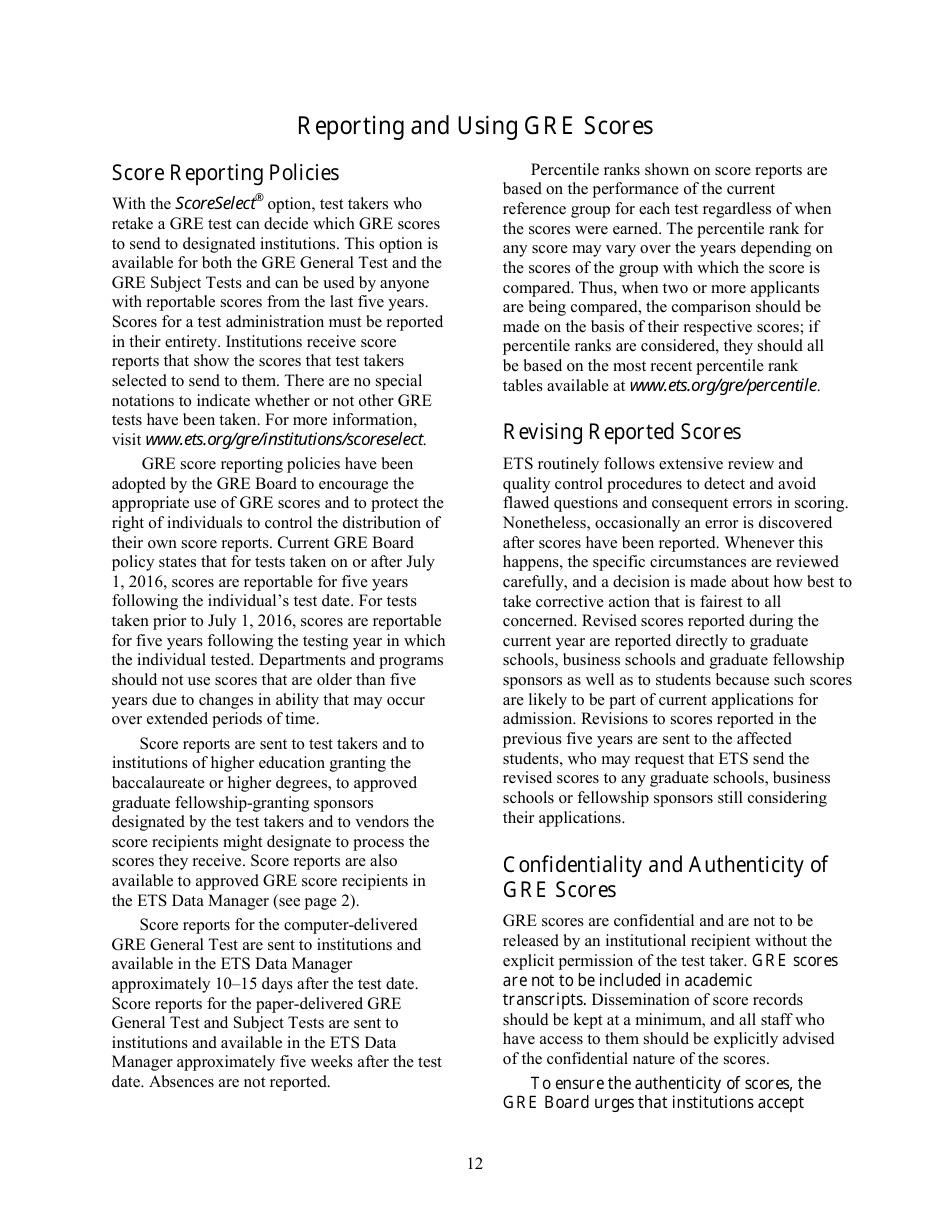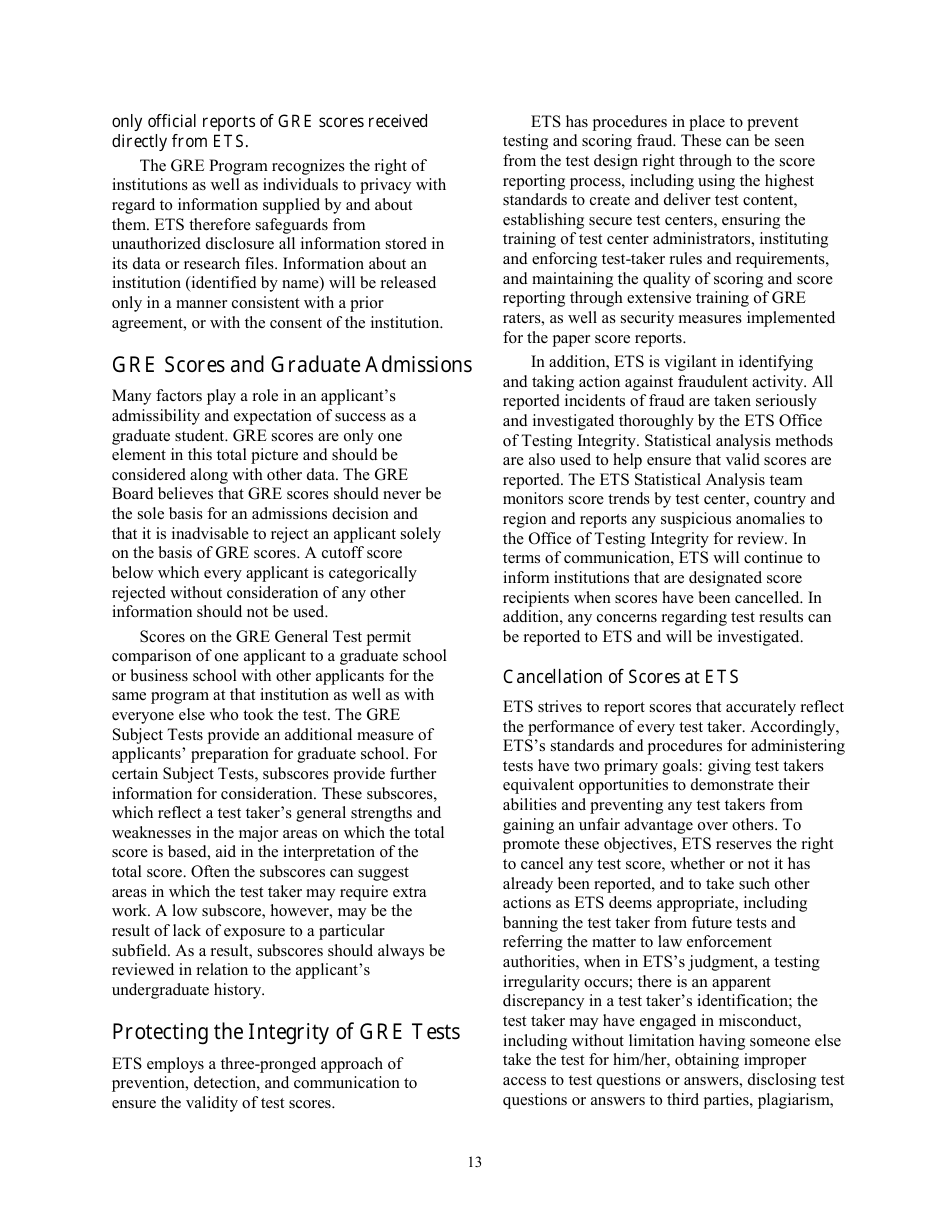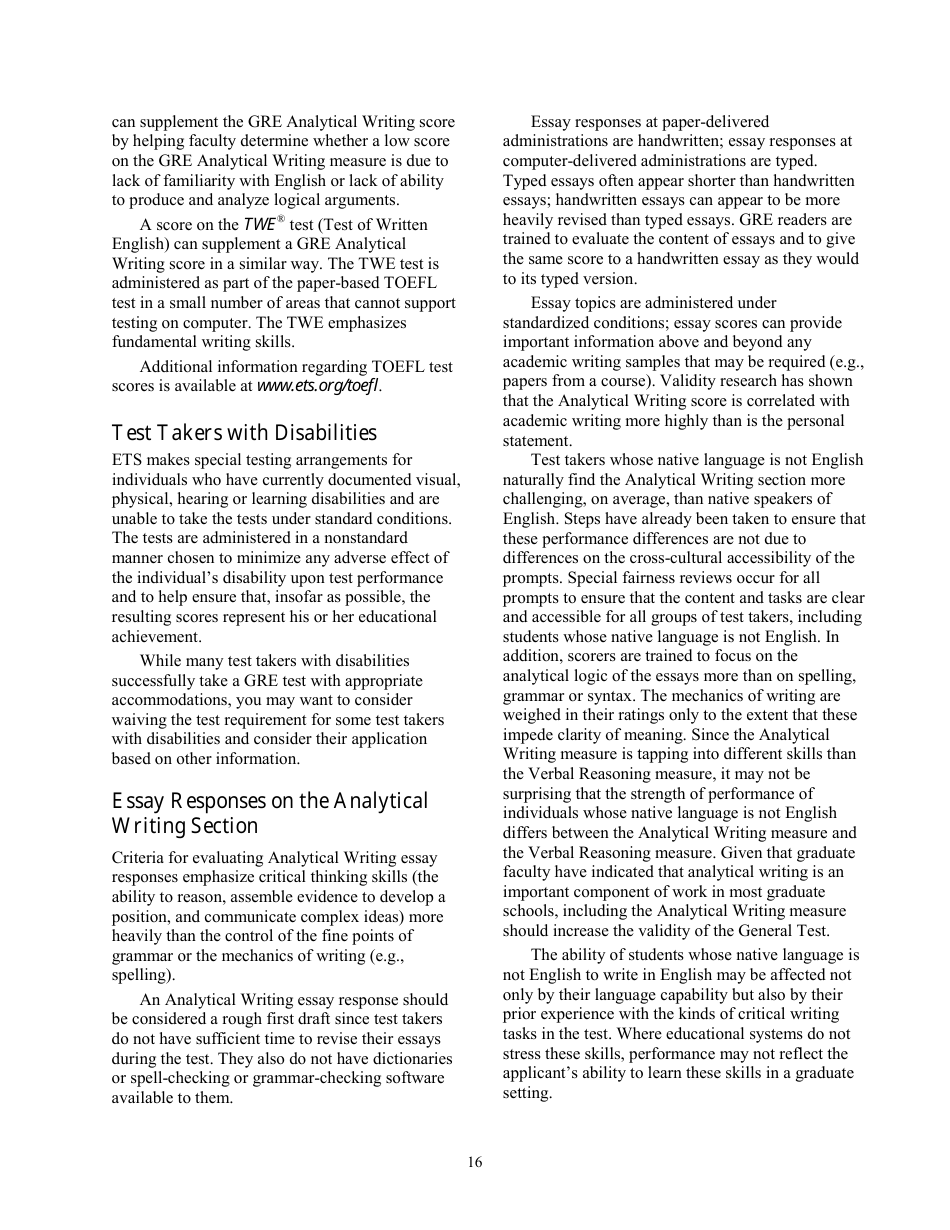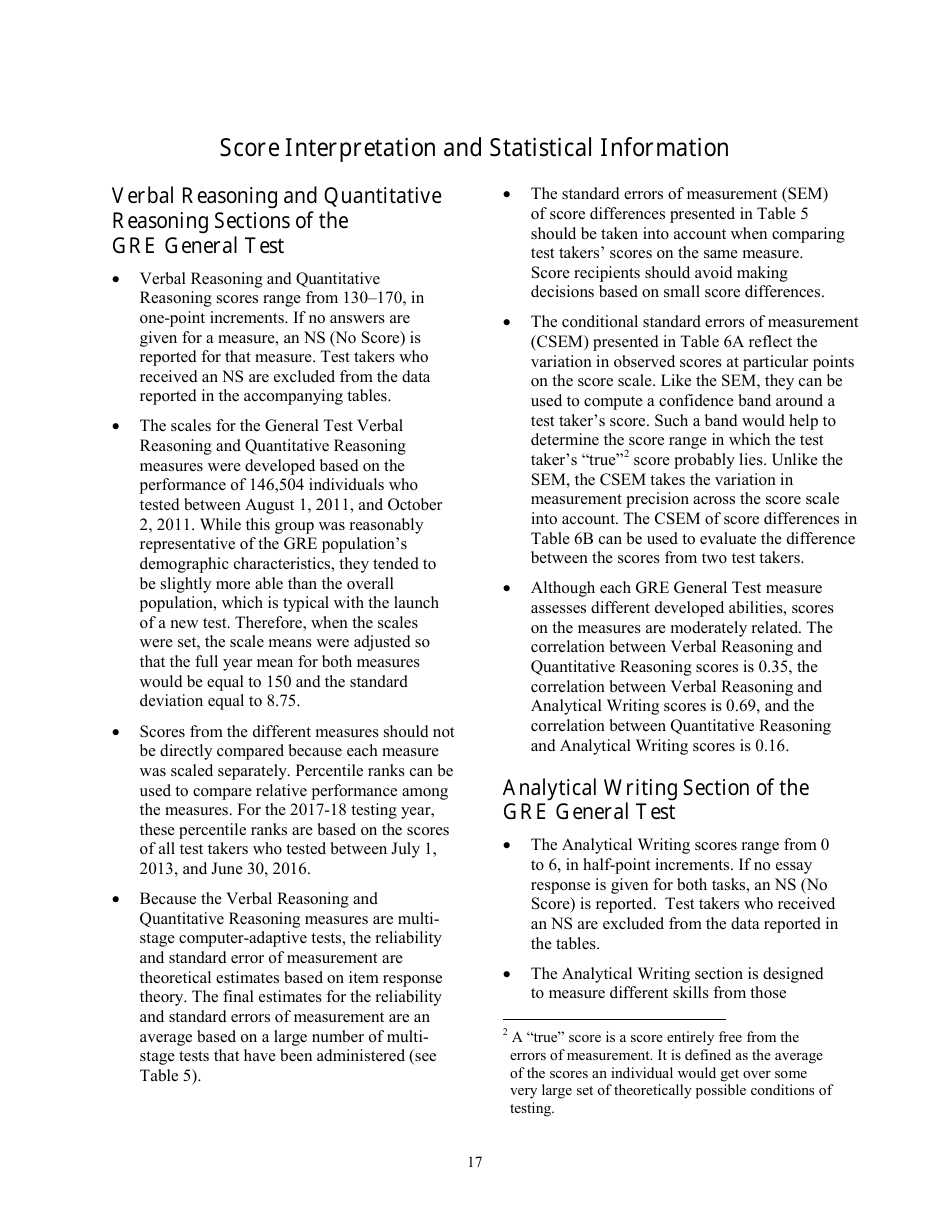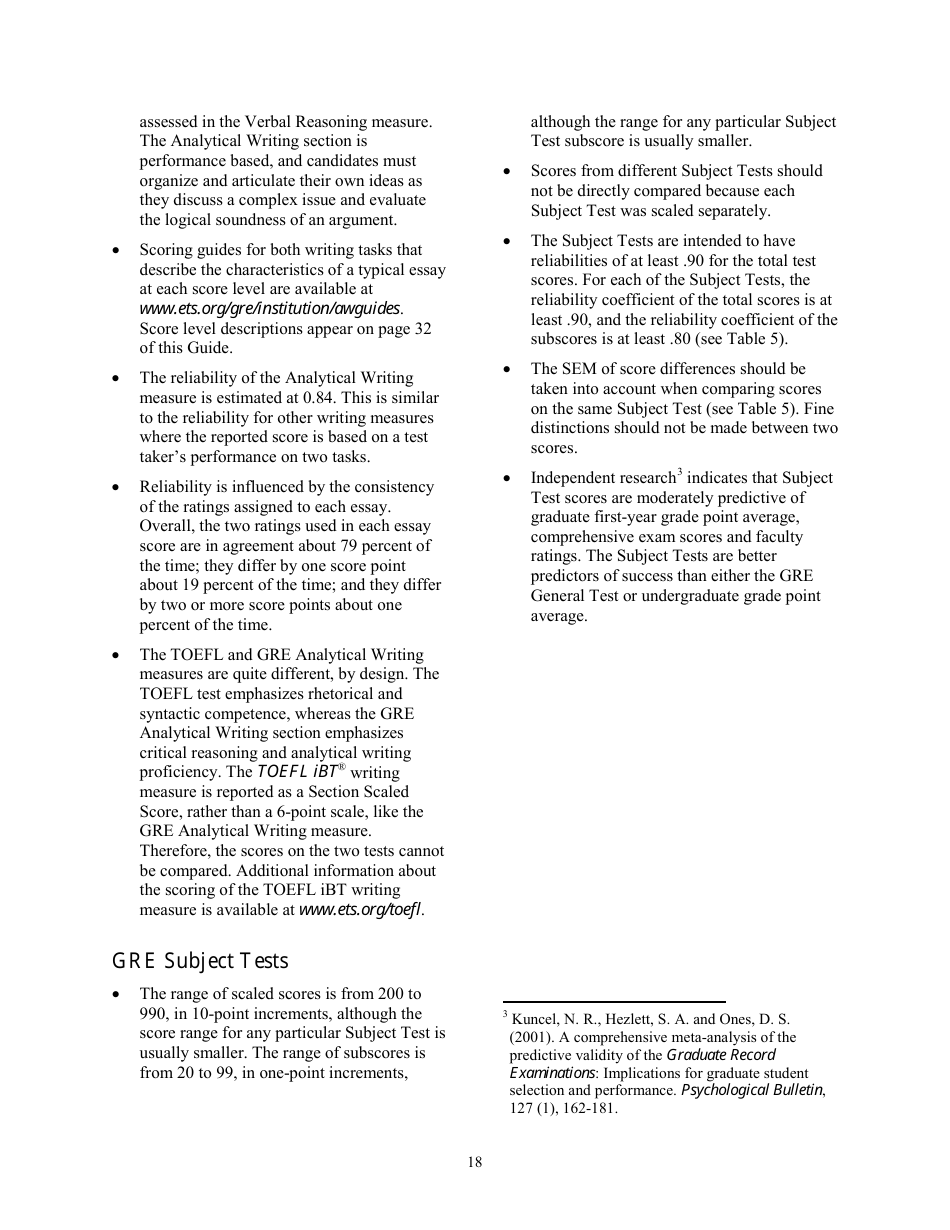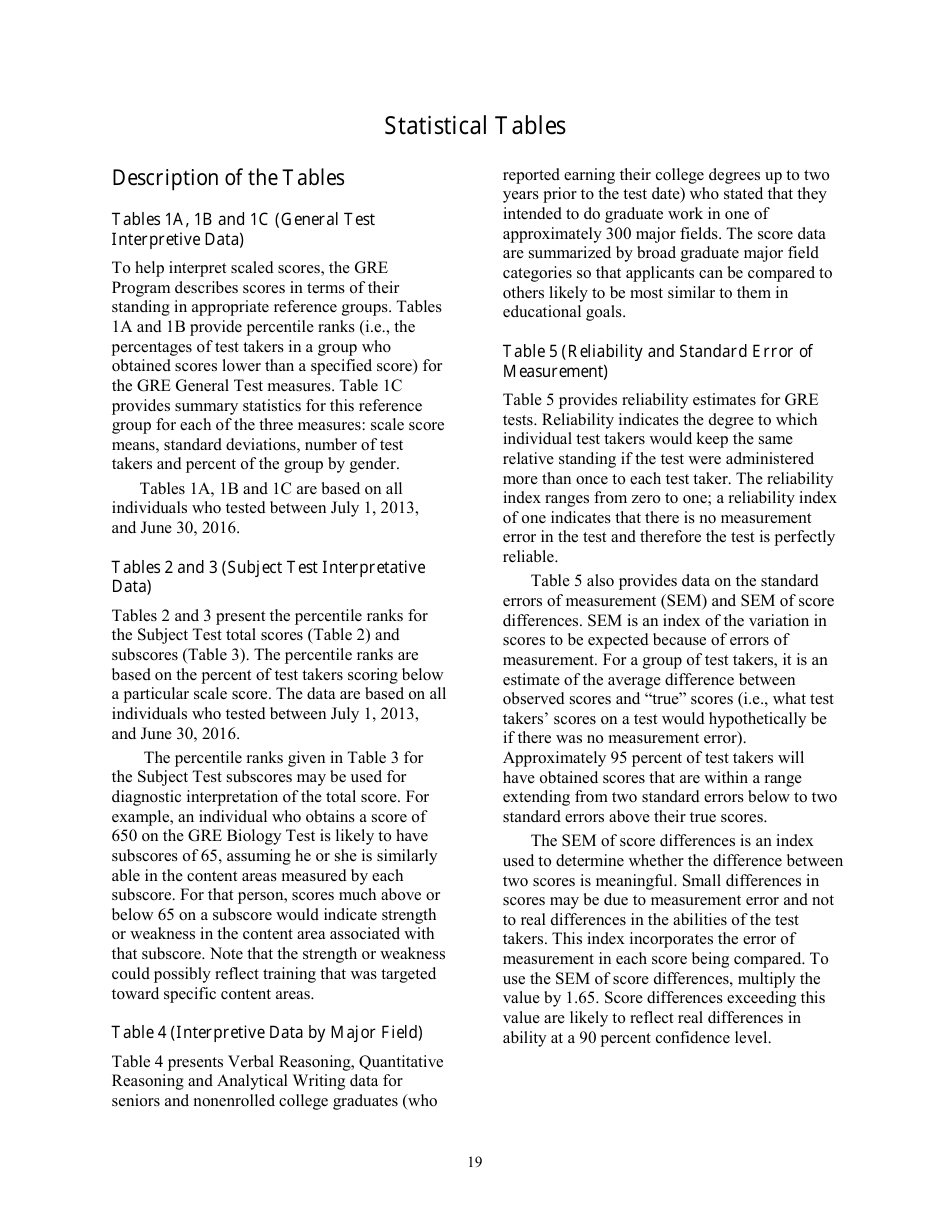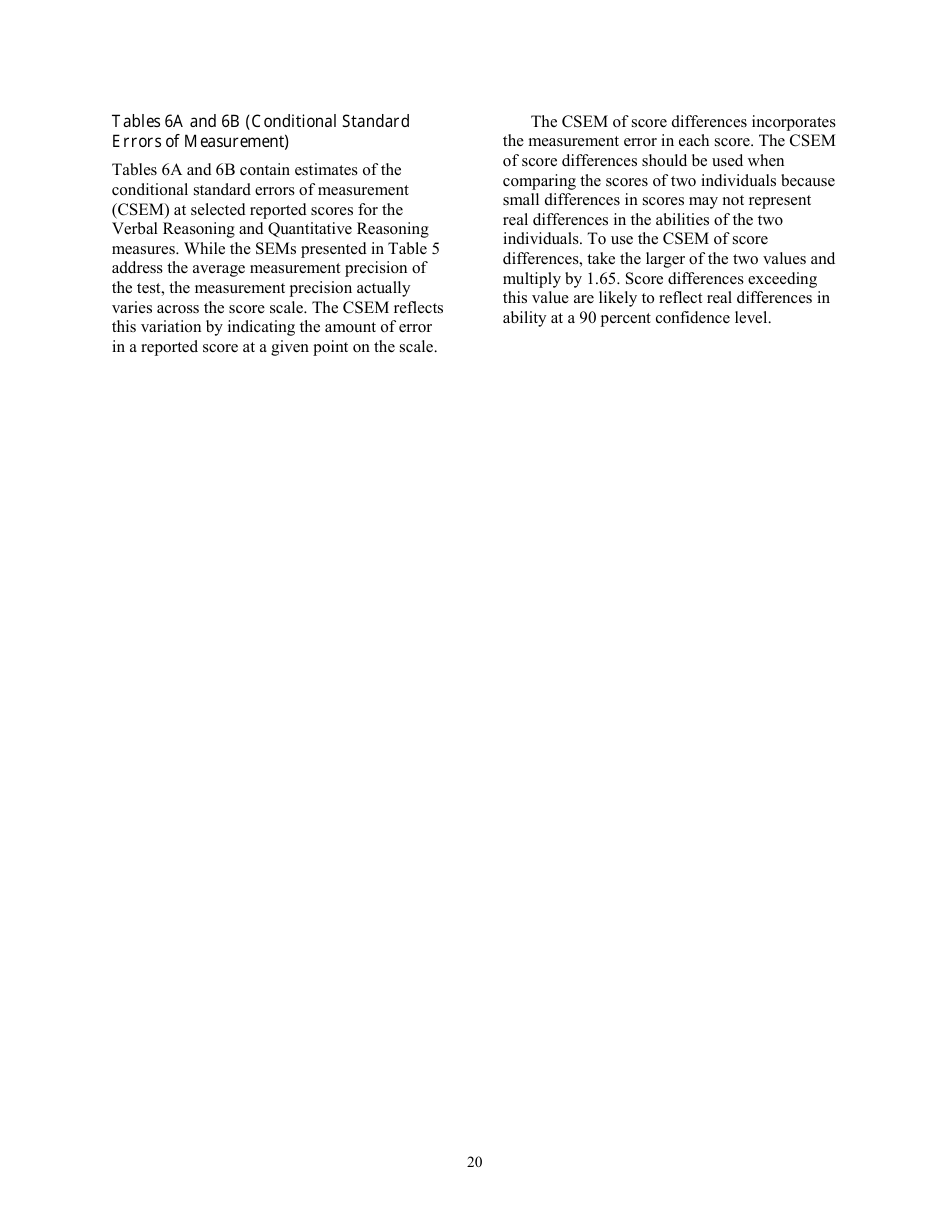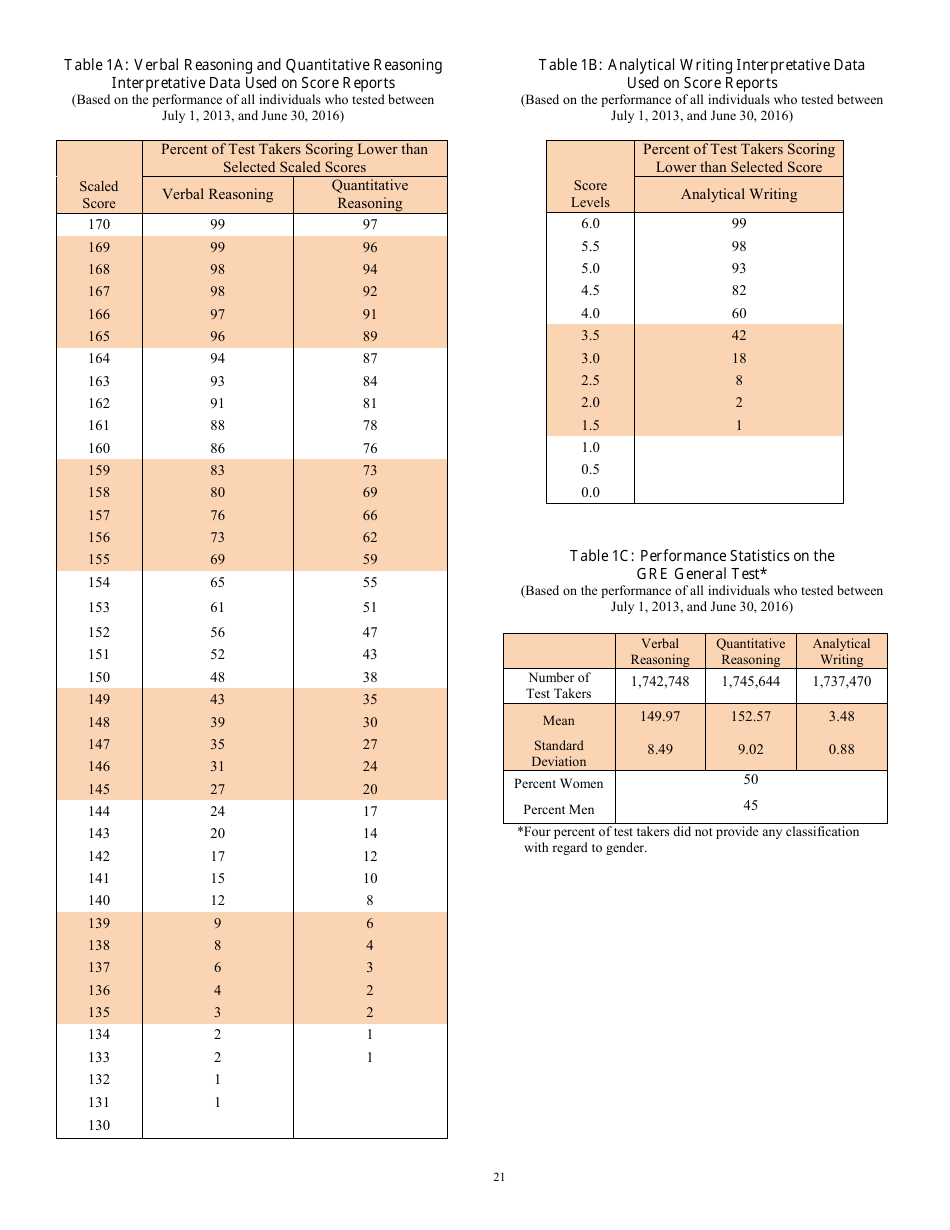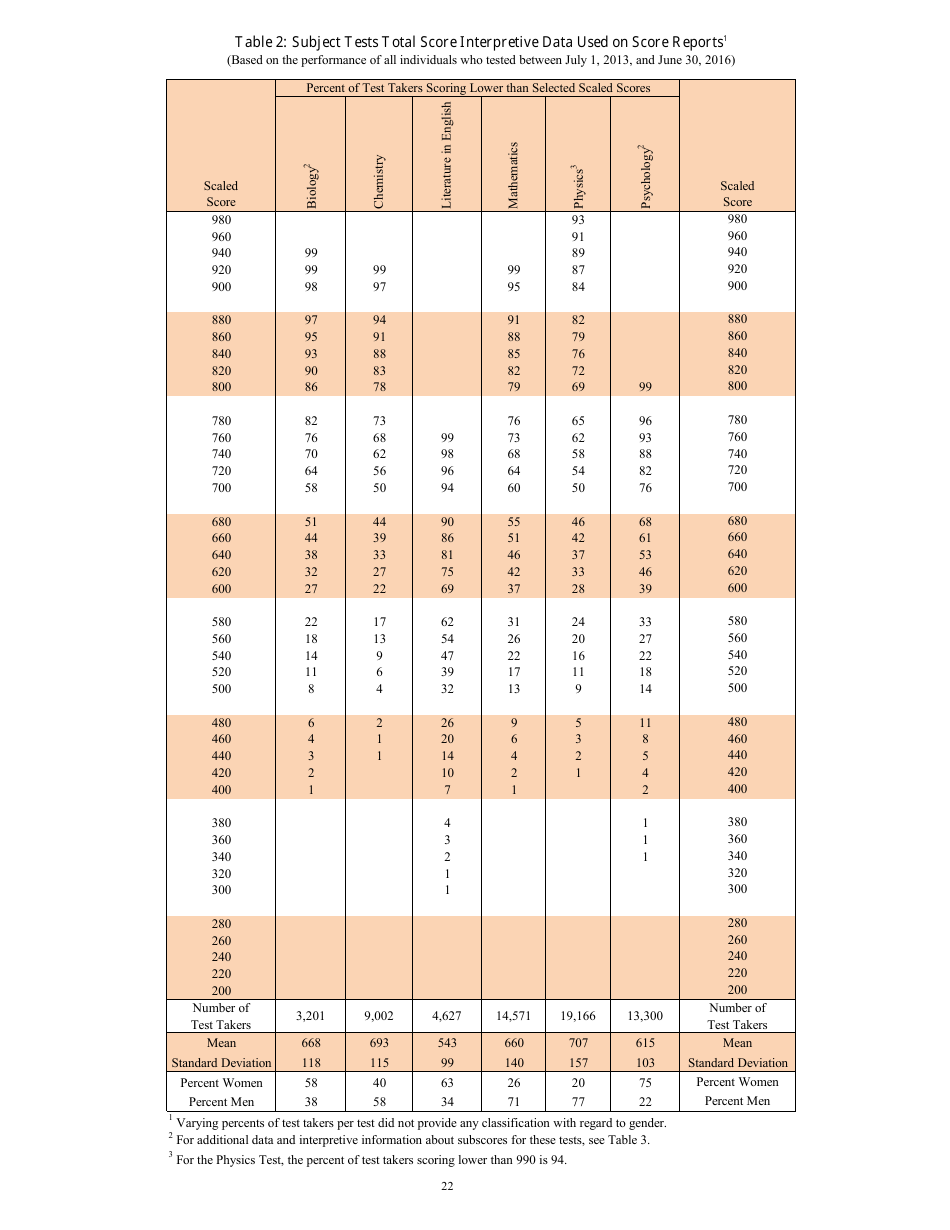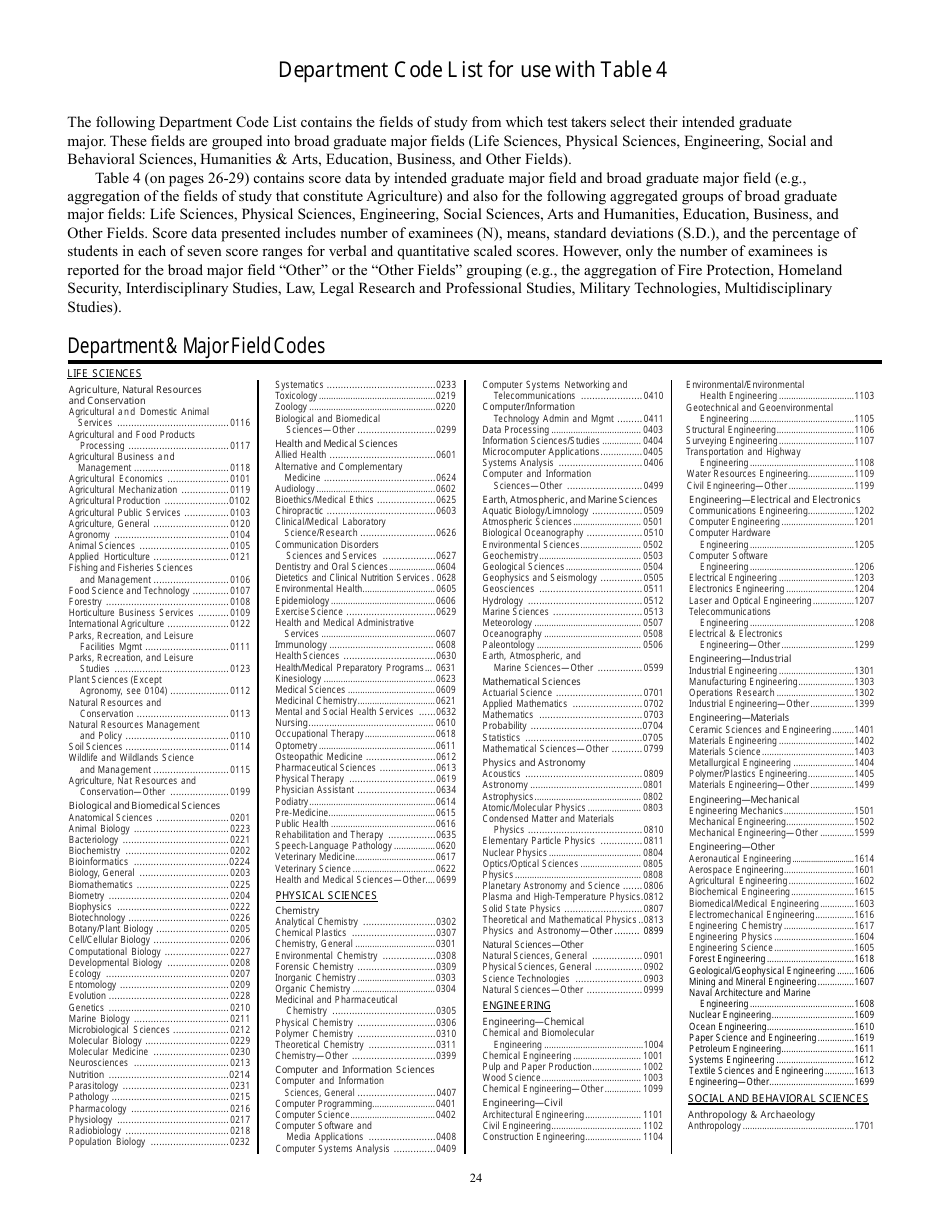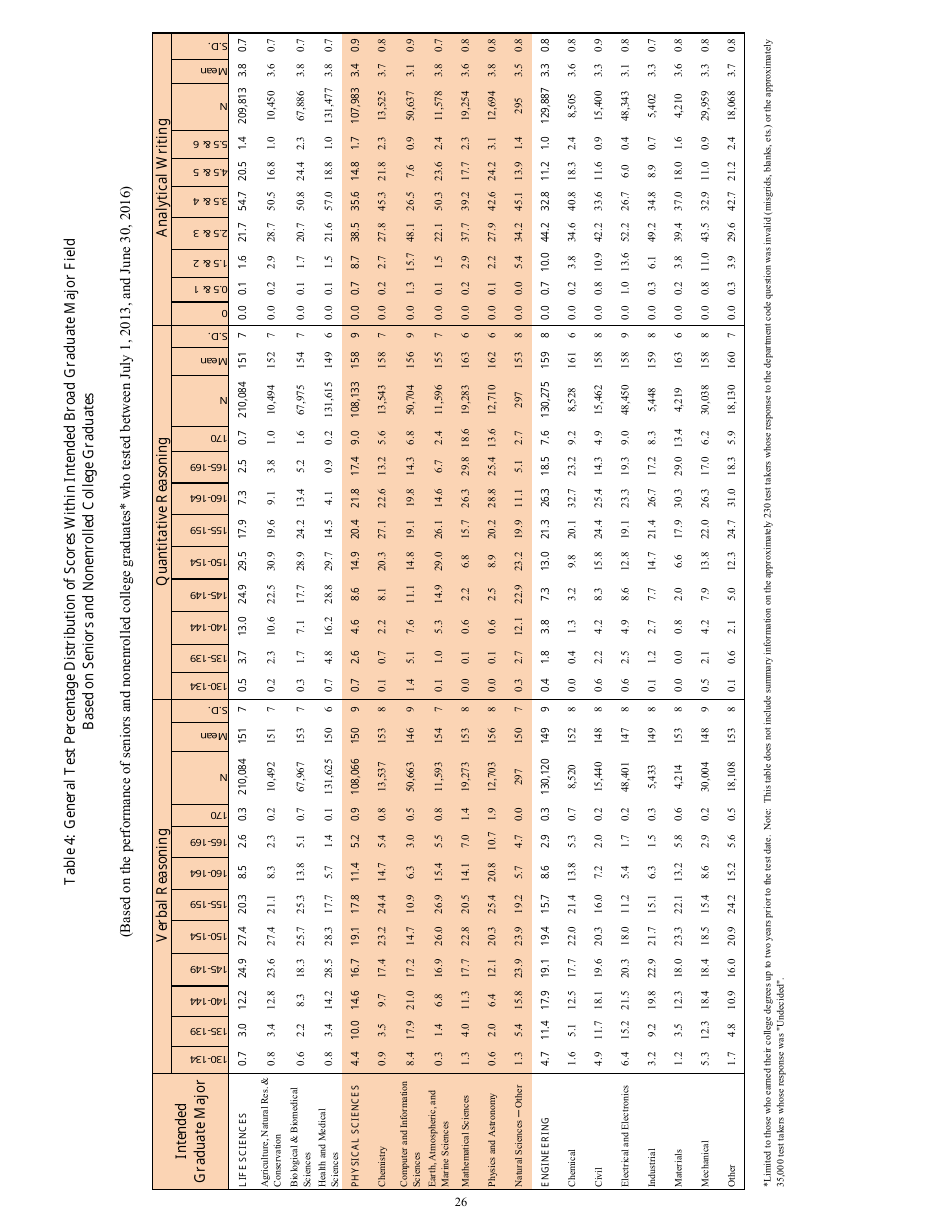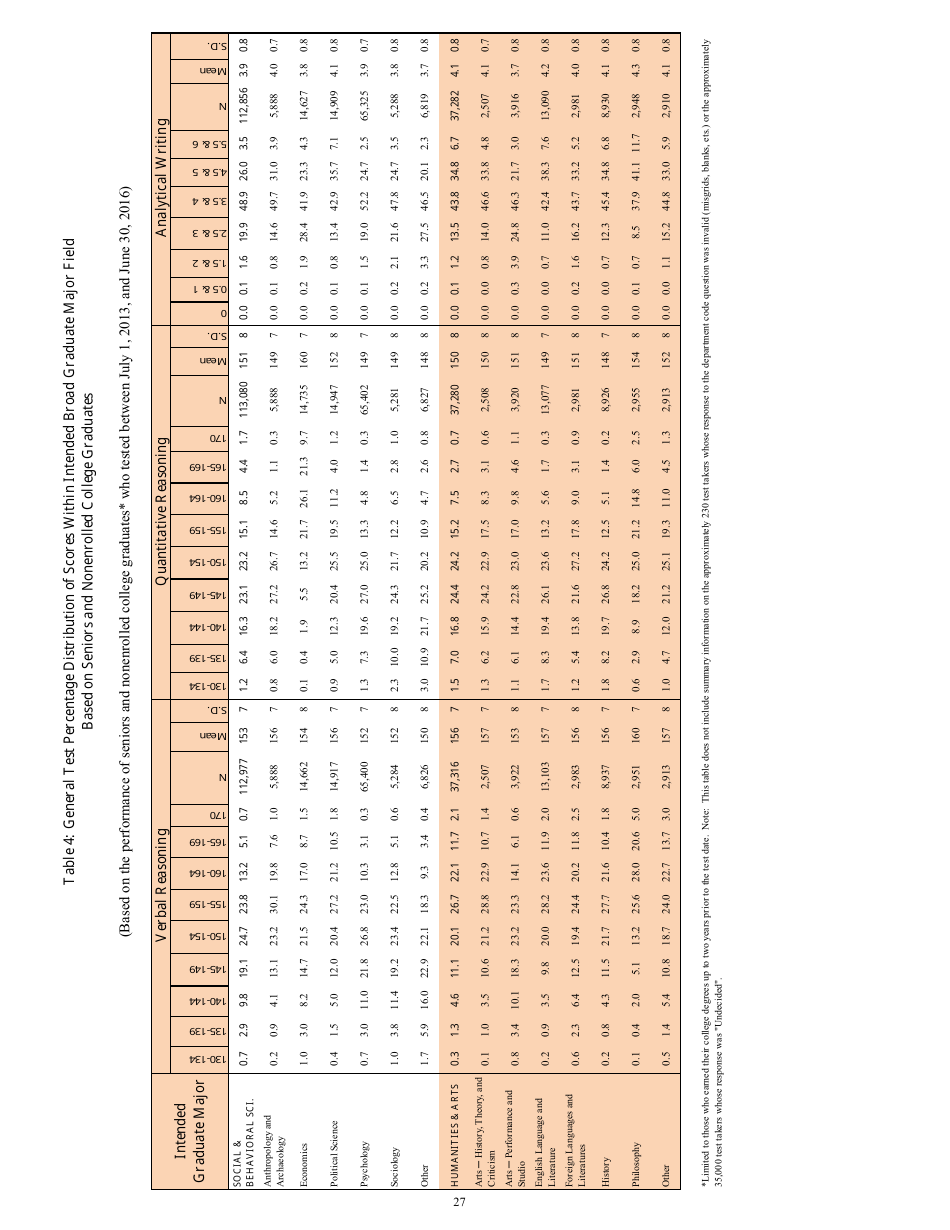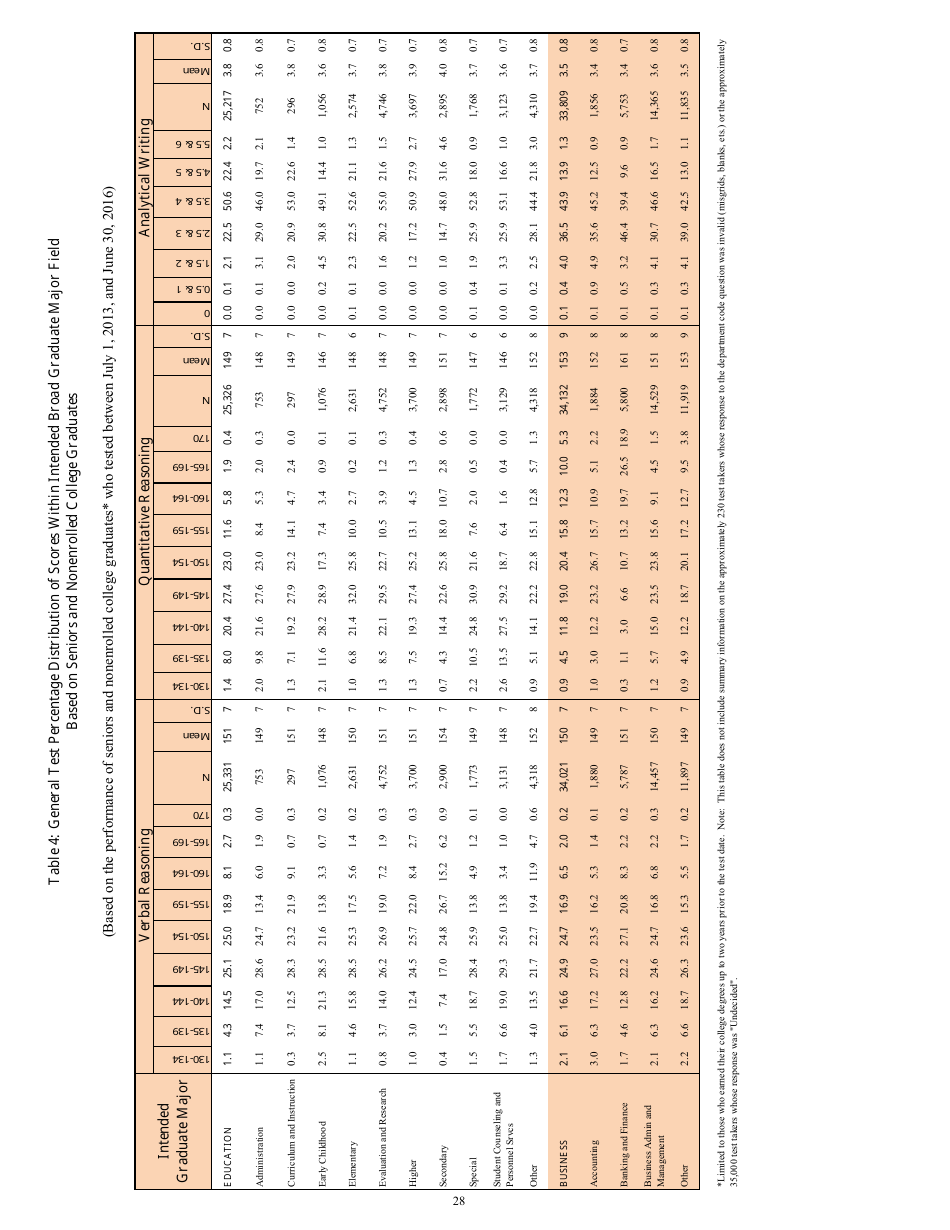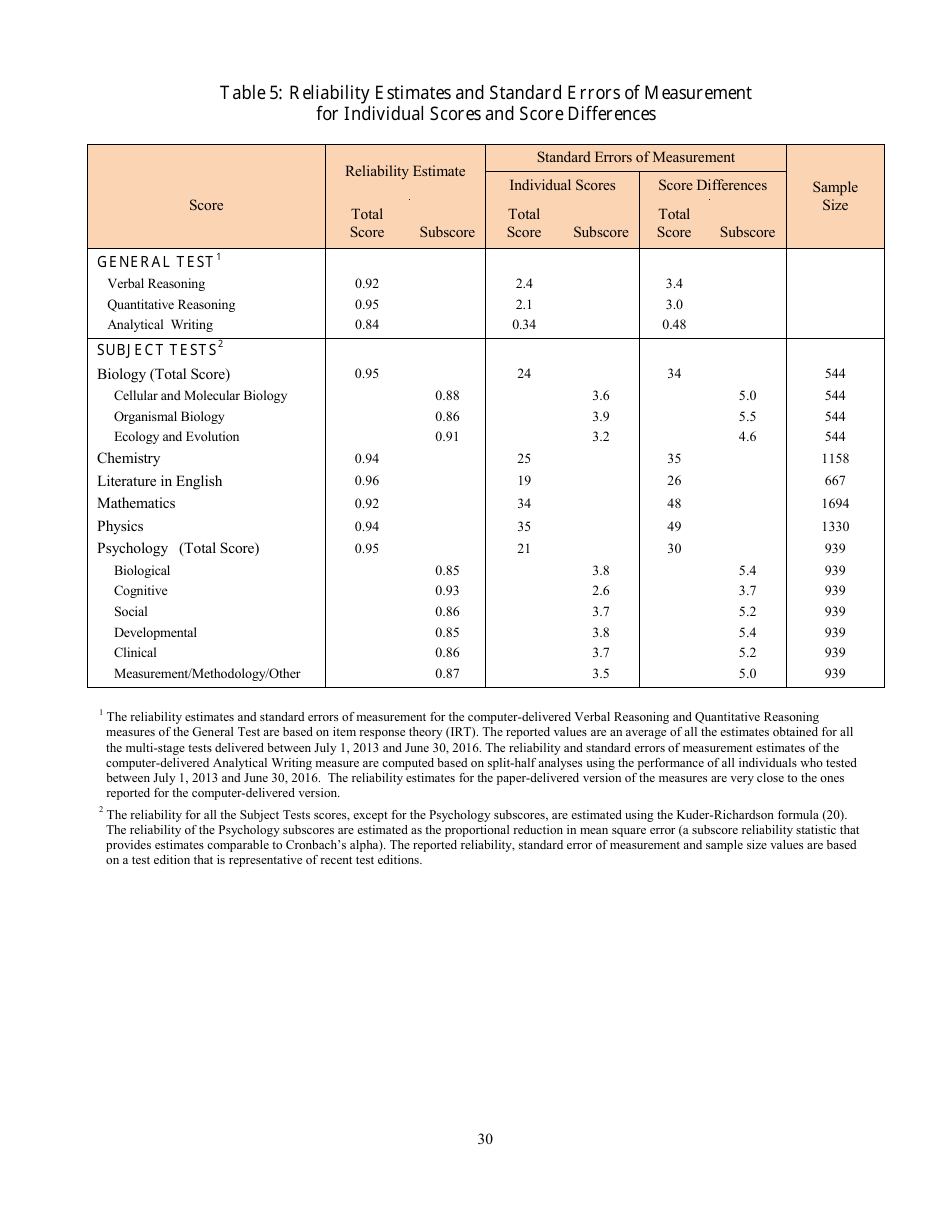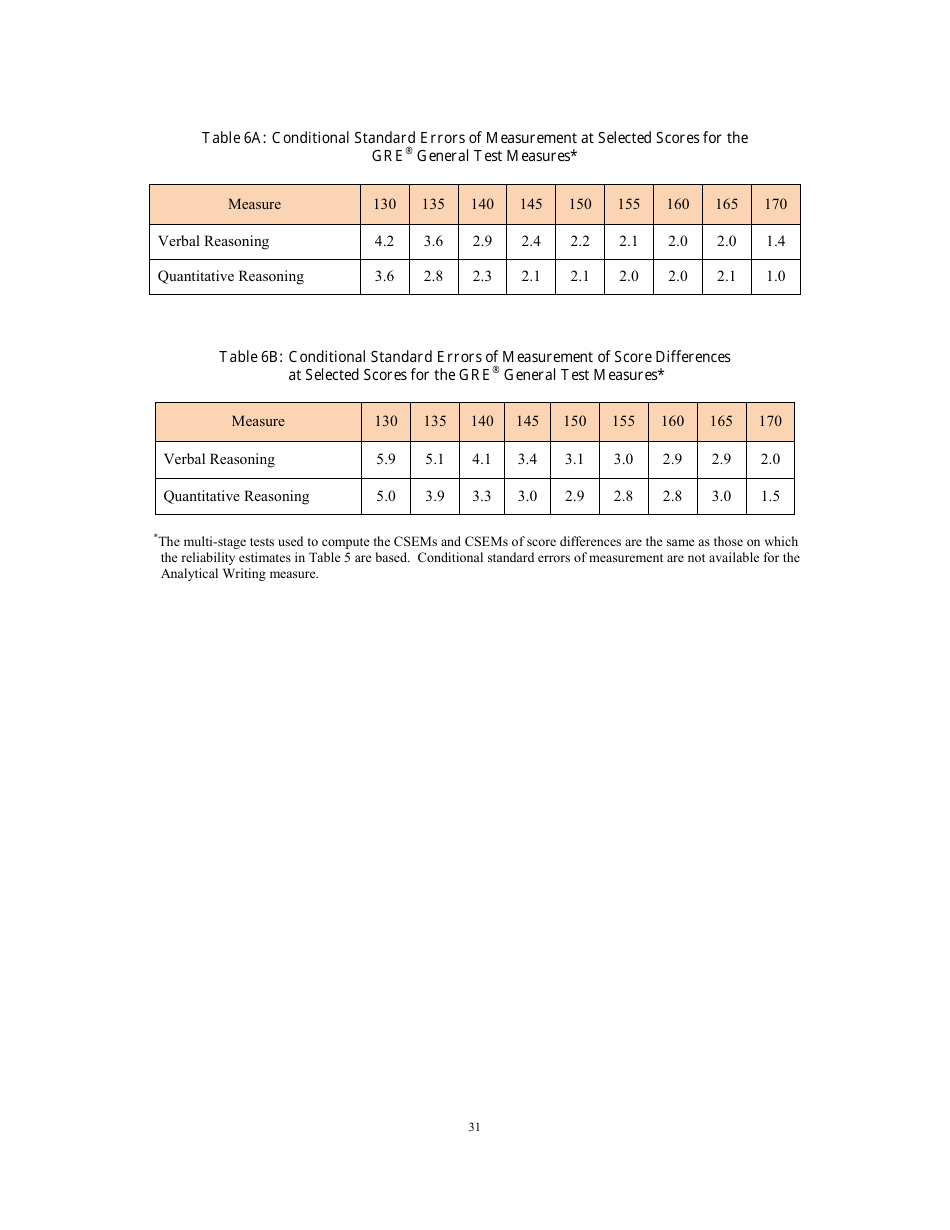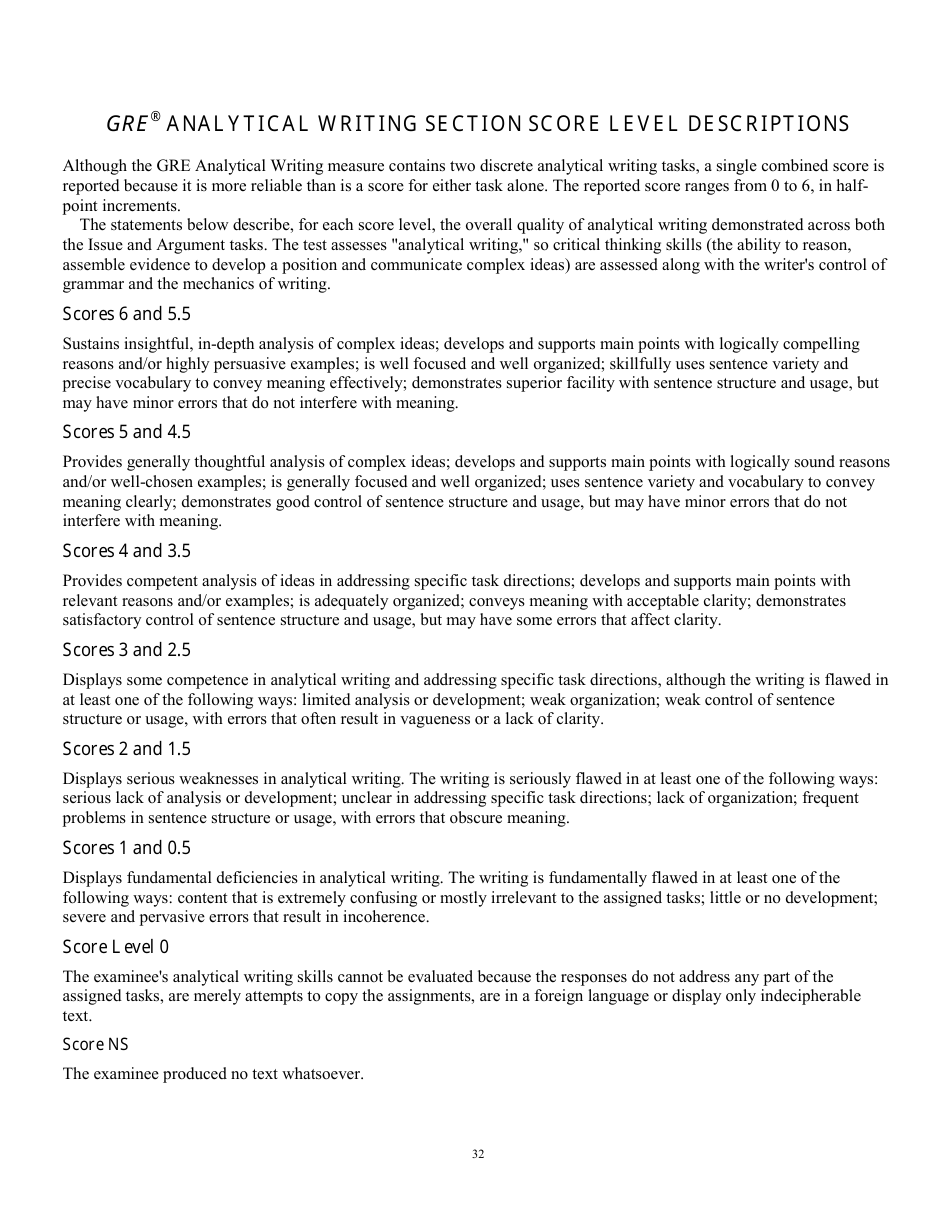Guide to the Use of Scores
The Guide to the Use of Scores is a resource used to interpret and make decisions based on different types of scores, such as test scores or credit scores. It provides guidelines and recommendations for understanding scores and their implications in various contexts.
The Guide to the Use of Scores is typically filed by the organization or institution that administers the assessment or test.
FAQ
Q: What is the purpose of scores?
A: Scores provide a way to evaluate and compare performance or quality.
Q: What types of scores are commonly used?
A: Commonly used scores include test scores, credit scores, and ratings.
Q: How are scores calculated?
A: Scores are usually calculated based on a set of predetermined criteria or algorithms.
Q: Can scores be subjective?
A: Yes, some scores may involve subjective judgments.
Q: Are higher scores always better?
A: Not necessarily, it depends on the context. Some scores may indicate better performance while others may indicate higher risk.
Q: What factors should be considered when interpreting scores?
A: Factors such as the purpose of the score, its range and scale, and any influencing factors should be taken into account when interpreting scores.
Q: How can scores be used in decision-making?
A: Scores can be used to inform decisions, such as selecting a candidate for a job or approving a loan application.
Q: Are scores the sole basis for making decisions?
A: Scores are often used as one factor among others in decision-making, and other considerations may also be taken into account.
Q: Can scores change over time?
A: Yes, scores can change due to changing circumstances or updated scoring methodologies.
Q: Are scores always reliable?
A: Scores may not always be fully reliable and should be interpreted with caution, considering possible errors or limitations.

























